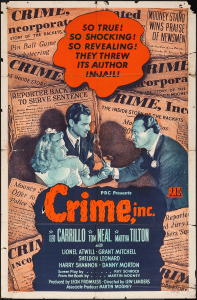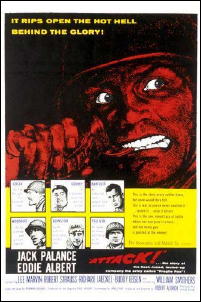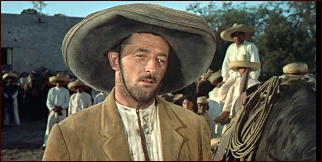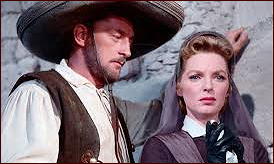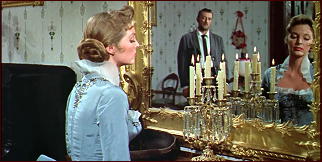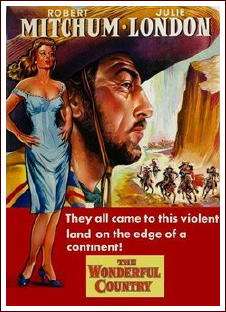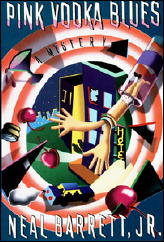Reviewed by MIKE TOONEY:

PATRICK QUENTIN – The Puzzles of Peter Duluth. (Richard Webb, 1901-66, and Hugh Wheeler, 1912-87.) Crippen & Landru Lost Classics Series, February 2016. Collection: 2 short stories and 2 novelettes. Introduction by Curtis Evans. Postscript by Mauro Boncompagni. Afterword by Joanna Gondris.
Crippen & Landru — and Douglas G. Greene in particular — have once again done mystery readers a great service by collecting the very rare, less-than-novel-length fiction of Patrick Quentin featuring that slightly screwball duo of thespians turned amateur detectives, Peter and Iris Duluth. The stories are book-ended with a fine introductory essay about the author by Curtis Evans (“Puzzles for Posterity”), an amusing anecdote about Richard Webb (“Postscript: Puzzle for Proustians”) by Mauro Boncompagni, and a personal memoir about her great-uncle by Joanna Gondris (“Afterword on Hugh Wheeler”).
The stories:
(1) “Death Rides the Ski-Tow.” Novelette. First appearance: The American Magazine, April 1941.
Peter Duluth is a bibulous Broadway producer who, fortunately for him, is married to Iris, dazzlingly beautiful and, as subsequent events will show, the real brains of the outfit.
In “Death Rides the Ski-Tow,” during a long winter’s night, Peter has one too many at a cocktail party and is staggering home in a steady fall of snow when he encounters a woman who, just moments later, is gunned down on the frozen street — but not before she unloads some vital information on him, practically painting a target on Peter in the process. Suddenly people he has never heard of are anxious to see him dead; thus begins a cat-and-mouse game between Peter and Iris and a ruthless gang of smugglers who won’t balk at murder to get what they want—and that includes a $10,000 hot dog.
Comments: An extremely well-written story with vivid descriptions, nice bits of humor, and perfect pacing. As Curt Evans says in his introduction to the Crippen & Landru collection, it and its companion piece (“Murder with Flowers”) are “intriguingly kaleidoscopic affairs reminiscent of Alfred Hitchcock films.”
(2) “Murder with Flowers.” Novelette. First appearance: The American Magazine, December 1941. Expanded into Puzzle for Puppets (1944) and subsequently filmed as Homicide for Three (1948).
In “Murder with Flowers,” Peter and Iris learn that a rose by any other name would smell of murder — two of them, in fact, with a third homicide in the offing, the victims being drenched in blood-spattered flowers according to some sick psychotic revenge scheme. Peter and Iris, as usual, manage to get themselves inculpated in the killings and have to play hide-and-seek with the police while frantically trying to track down the guilty party. Although it’s certainly no day at the beach for our agile terpsichoreans (they do rumba extraordinarily well, these two), their perilous situation, against all expectations, does turn into a day at the circus.
Comments: It may not be as good as “Death Rides the Ski-Tow,” but the plot holds enough interest and is more than adequately sustained by rapid pacing and amusingly eccentric characters.
(3) “Puzzle for Poppy.” Short story. First appearance: EQMM, February 1946.
What do Peter and Iris Duluth, a last will bequest, a nervous guardian, and a pregnant St. Bernard have in common? It will take a realization on Iris’s part (one very reminiscent of a well-known G. K. Chesterton story) and a lucky shot by a precocious little girl with a charming lisp to expose (and we do mean “expose”) a carefully-planned murder plot against an unusual intended victim.
(4) “Death and the Rising Star.” Short story. First appearance: Better Living Magazine, June 1955; reprinted in EQMM, December 1957.
For Peter Duluth (here flying solo without Iris), being a Broadway producer is hard enough, but when the leading lady for what he confidently believes will be a sure-fire hit becomes unavailable and her brilliant replacement gets herself neatly framed for murder, he could be forgiven for feeling that it’s just not his day; in order to extricate his rising star, get his play before the public, and avoid the breadline, Peter will have to set a trap for the real killer, without the slightest inkling of who it might be.
Previous Mystery*File reviews and posts about Patrick Quentin:
The Crippled Muse (here)
A Puzzle for Fools (here and here)
Puzzle for Players (here)
Puzzle for Puppets (here)
Puzzle for Fiends (here).

